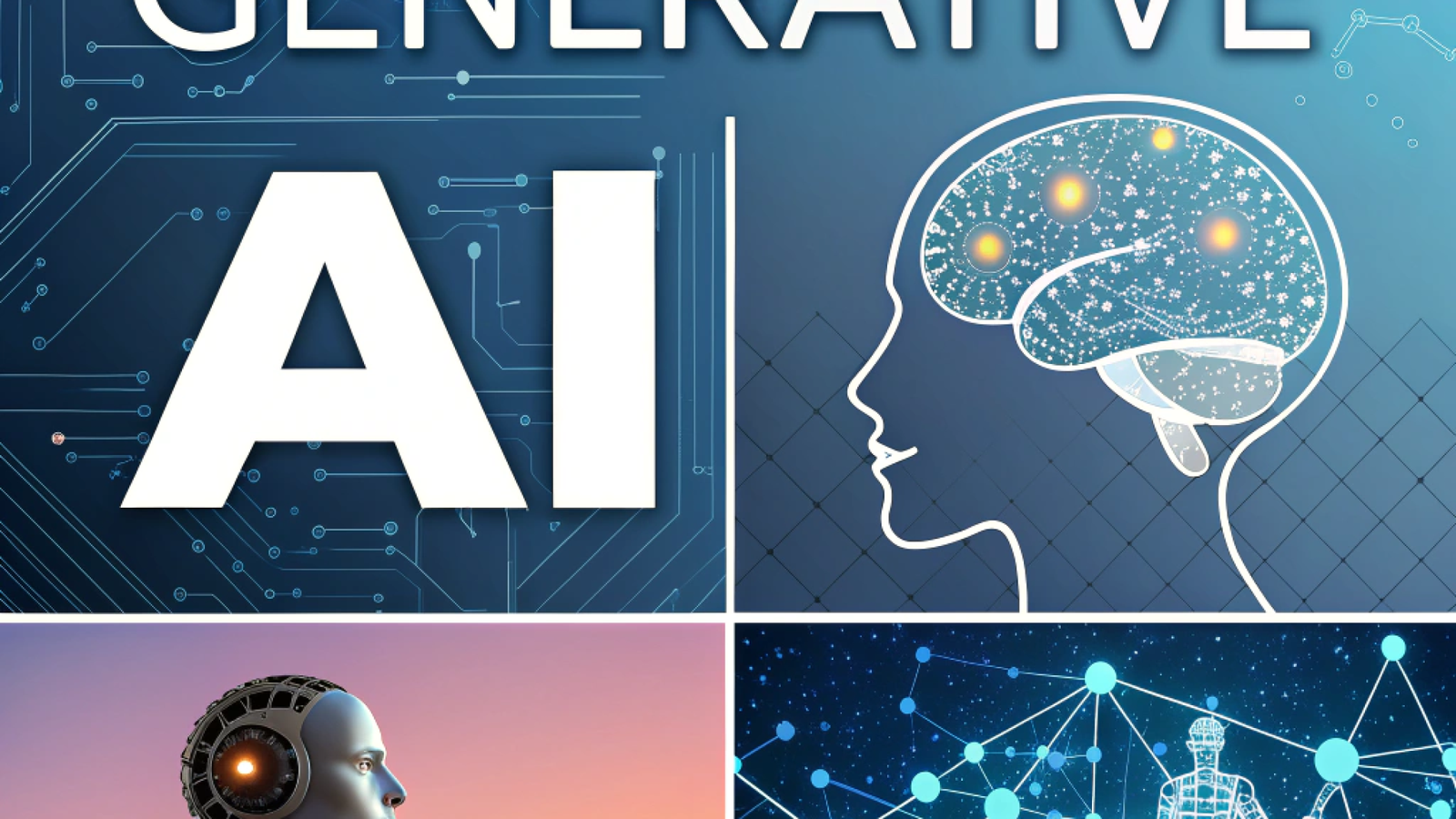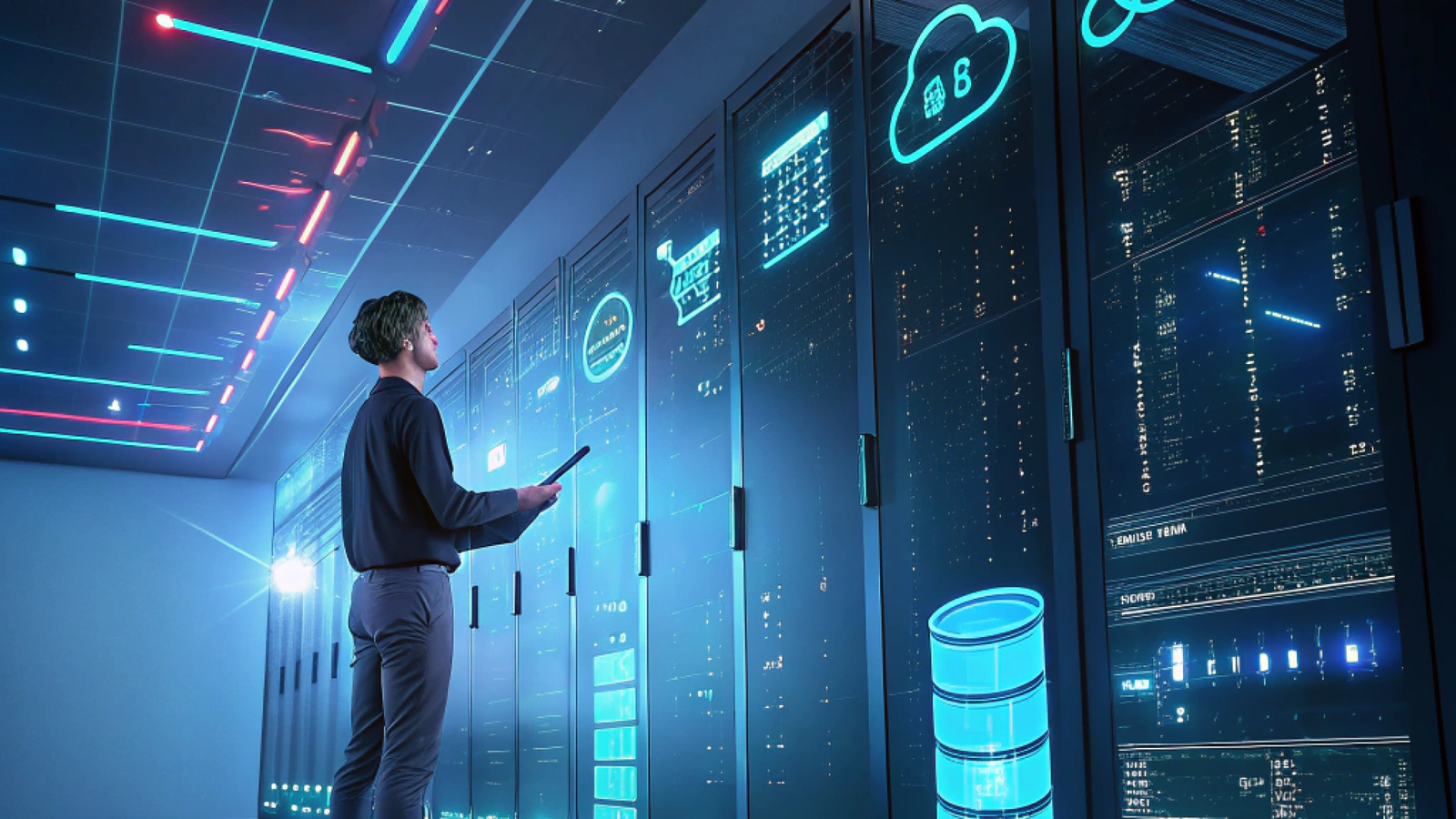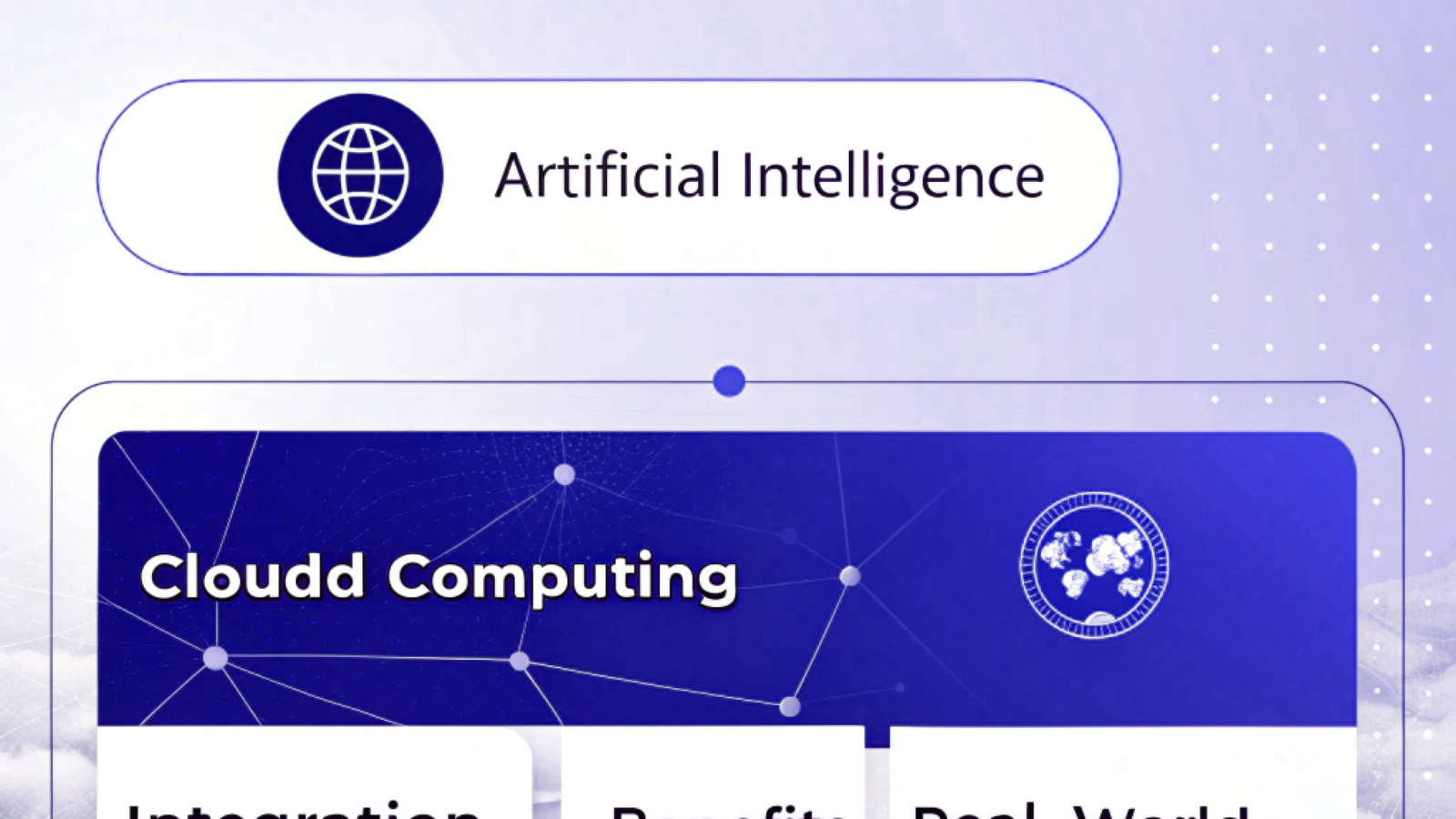Currently Empty: ₹0.00
How AI is Helping Jobs in 2025: Game-Changing Benefits
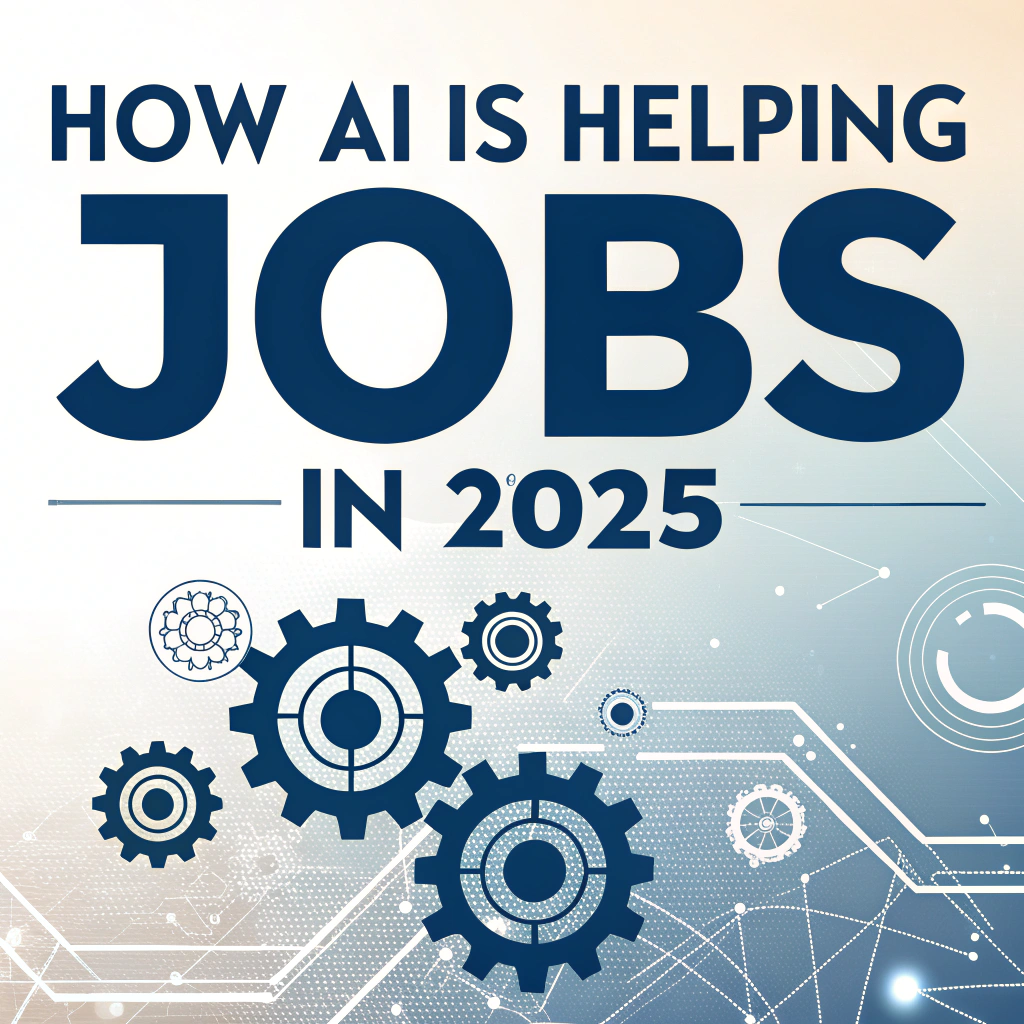
INTRODUCTION
How AI is Helping Jobs Through Automation
Automation has always been a double-edged sword in the workplace. From the invention of the printing press to the industrial revolution, technology has replaced certain manual tasks, but it has also created countless new opportunities. Today, Artificial Intelligence (AI) is doing the same thing—streamlining repetitive processes while allowing humans to focus on creativity, strategy, and problem-solving. Rather than simply “taking jobs,” AI automation is transforming how jobs are done, making work smarter, faster, and more efficient.
Understanding AI-Powered Automation
AI automation goes beyond basic robots or scripted workflows. It uses machine learning, natural language processing, and predictive analytics to make decisions, adapt to new information, and improve over time. This is why businesses in almost every industry are adopting AI tools to handle repetitive, time-consuming tasks.
For example:
Customer support: Chatbots can handle FAQs, leaving human agents to focus on complex issues.
Finance: AI algorithms can detect fraud and process invoices automatically.
Healthcare: AI systems analyze medical scans, reducing workload for radiologists.
Manufacturing: Robots powered by AI perform precision assembly, improving safety and speed.
Instead of eliminating human jobs altogether, AI reduces manual, repetitive tasks so employees can use their skills where they matter most.
 Benefits of AI Automation in the Workplace
Benefits of AI Automation in the Workplace
Efficiency and Speed – Automated systems process data far faster than humans, helping companies save time.
Accuracy and Consistency – AI reduces human error in repetitive tasks, ensuring quality control.
Cost Savings – Automation lowers operational costs by handling high-volume tasks with fewer resources.
Scalability – Businesses can scale operations without proportionally increasing workforce costs.
Better Employee Satisfaction – By taking care of mundane work, AI allows employees to focus on innovation, growth, and creativity.
A Deloitte study found that 73% of organizations using AI automation saw improvements in productivity and employee satisfaction simultaneously—showing that automation doesn’t just benefit companies, but also workers.
Real-World Examples of AI Helping Jobs
Retail: AI systems manage inventory automatically, reducing workload for staff while improving supply chain efficiency.
Banking: AI chatbots answer simple customer questions, so bankers spend more time on financial planning and relationship-building.
IT Support: AI-powered helpdesks troubleshoot common issues, allowing IT professionals to focus on cybersecurity and system optimization.
Human Resources: Resume screening software shortlists candidates automatically, letting HR managers spend time on interviewing and cultural fit.
These examples show that while some job tasks may be automated, the core human role becomes more strategic and valuable.
Will AI Automation Eliminate Jobs?
It’s a common fear that AI will replace workers, but history proves otherwise. Just as ATMs didn’t eliminate bankers but reshaped their responsibilities, AI is shifting roles rather than removing them entirely. According to the World Economic Forum, AI will create 97 million new jobs globally by 2025 while displacing 85 million—showing a net positive effect.
In reality, jobs are evolving. Workers who embrace AI tools will find themselves in higher-value roles, while those resisting change risk falling behind.
Future of AI Automation in the Workplace
Looking ahead, AI automation will expand into more industries, but with a focus on human-AI collaboration rather than replacement. For instance, autonomous vehicles may reduce driving jobs, but they will create new roles in AI system monitoring, vehicle maintenance, and logistics optimization.
Employees who learn to work alongside AI will thrive in this future. Instead of competing with machines, humans will manage, guide, and innovate with AI tools.
AI as a Tool for Boosting Productivity
In the digital era, productivity is one of the most valuable assets for businesses and employees alike. From startups to global enterprises, companies are constantly seeking ways to get more done in less time without compromising quality. This is where Artificial Intelligence (AI) comes into play. Far from being just a futuristic concept, AI has already become a core driver of productivity across industries.
AI doesn’t just automate tasks—it empowers employees to work smarter, make better decisions, and innovate faster. Instead of viewing AI as a threat, organizations are beginning to see it as a productivity partner that amplifies human potential.
What Does AI-Driven Productivity Mean?
Productivity is traditionally measured by output versus input—how much can be achieved with given resources. With AI, productivity expands beyond efficiency to include:
Faster decision-making using predictive analytics.
Smarter workflows through task automation.
Enhanced creativity with AI-assisted tools.
Higher accuracy by reducing human error.
This combination means employees are not only more efficient but also more effective in delivering value.
Key Ways AI Boosts Productivity
1. Automating Repetitive Work
A huge portion of work hours in every industry is consumed by repetitive, low-value tasks—data entry, scheduling, inventory tracking, and customer FAQs. AI automates these, freeing employees for more meaningful work.
Example: AI scheduling assistants like x.ai or Google Calendar’s AI features automatically find the best meeting times across multiple time zones.
2. Enhancing Data Analysis
In today’s business world, data is everywhere—but making sense of it is time-consuming. AI tools process massive datasets instantly, providing insights that would take humans days or weeks.
Example: In marketing, AI analyzes customer behavior to predict buying patterns, helping businesses design more targeted campaigns.
3. Improving Customer Service
AI-powered chatbots and voice assistants handle thousands of customer queries at once, ensuring 24/7 service. This reduces wait times and allows human agents to handle only complex issues.
Example: Companies using AI chatbots have reported a 40% reduction in resolution time and increased customer satisfaction.
4. Boosting Creative Output
Creativity isn’t just a human trait anymore—AI tools can generate design ideas, write content drafts, create music, and even suggest innovations. These tools don’t replace human creativity but act as an accelerator.
Example: Tools like Jasper AI and Canva’s AI design assistant help content creators produce engaging posts faster.
5. Streamlining Collaboration
AI improves teamwork by simplifying communication and project management. It analyzes workflows, suggests improvements, and ensures everyone stays on track.
Example: Slack and Microsoft Teams use AI to summarize conversations, prioritize messages, and recommend resources.
Industry-Wise Productivity Gains with AI
Healthcare: AI reduces diagnosis times and automates patient record management, allowing doctors to focus on treatment.
Education: AI tutors provide personalized learning, freeing teachers to focus on student mentoring.
Finance: AI handles compliance checks, fraud detection, and portfolio management faster than human teams.
Manufacturing: Predictive maintenance powered by AI reduces machine downtime, saving millions.
Retail: Personalized recommendations increase sales and customer satisfaction.
The Human Side: How AI Makes Employees More Productive
One of the biggest misconceptions is that AI makes humans less relevant. In reality, AI is helping employees become supercharged professionals:
Less Burnout: By automating mundane tasks, AI reduces stress and workload.
More Focus on Strategy: Employees spend time on problem-solving and innovation rather than routine chores.
Upskilling Opportunities: Working with AI tools requires new skills, pushing employees to grow.
For instance, instead of spending hours compiling sales reports, a sales executive can use AI-driven dashboards to instantly see insights and focus on closing deals.
Case Studies: AI Boosting Productivity
IBM Watson in Healthcare – Doctors using Watson save time diagnosing rare diseases because the AI scans thousands of case studies instantly.
Amazon in Logistics – AI-powered robots and predictive analytics have reduced delivery times dramatically, helping Amazon achieve same-day shipping.
Adobe in Design – Adobe Sensei AI recommends design layouts and image enhancements, allowing creators to finish projects faster without compromising quality.
Challenges to Consider
While AI enhances productivity, it also brings challenges:
Over-dependence on AI could weaken human critical thinking.
Data privacy remains a concern when AI tools process sensitive information.
Upskilling gap—employees need training to use AI effectively.
However, companies addressing these challenges with proper training, ethical guidelines, and balanced adoption are seeing significant productivity boosts.
 The Future of AI and Productivity
The Future of AI and Productivity
Looking forward, AI will become more embedded in daily work life. From AI-powered personal assistants to advanced decision-making tools, productivity will no longer be about “working harder” but about working smarter with AI.
Employees who embrace AI will not just do tasks faster but will unlock new levels of creativity, decision-making, and problem-solving. The workplace of the future is not “AI vs humans,” but rather humans with AI achieving more than ever before.
New Jobs AI is Creating in 2025
Whenever we hear the phrase “AI is taking jobs,” it often sparks fear and anxiety. However, history has shown that every major technological revolution—whether it was the invention of electricity, the rise of computers, or the growth of the internet—didn’t just eliminate roles, it created new industries and millions of new jobs. The same is happening with Artificial Intelligence (AI).
Rather than replacing humans entirely, AI is transforming the global job market by reshaping existing roles and creating entirely new ones. In 2025, AI is set to open doors to careers that didn’t even exist a decade ago. Let’s explore the emerging opportunities.
Why AI is Creating Jobs Instead of Just Replacing Them
The World Economic Forum’s Future of Jobs Report predicts that while 85 million jobs may be displaced, AI and automation will create 97 million new jobs globally by 2025. That means a net gain of 12 million jobs.
This is because:
New industries require new roles – Just like the internet created jobs in web development, social media management, and e-commerce, AI is creating roles in machine learning, data ethics, and AI operations.
Human-AI collaboration needs oversight – AI tools need humans to manage, monitor, and improve them.
Upskilling demands trainers and coaches – The rise of AI is fueling the demand for educators and trainers to prepare the workforce for AI-powered workplaces.
Categories of New AI-Driven Jobs
1. AI Specialists and Engineers
These are the creators behind AI tools. In 2025, demand for roles like:
Machine Learning Engineer
AI Research Scientist
Natural Language Processing (NLP) Expert
Computer Vision Engineer
These jobs are booming as companies across industries seek to develop smarter systems.
Example: A retail company hiring AI engineers to create recommendation algorithms for personalized shopping.
2. AI Operations and Maintenance Roles
Just as IT support exists for computer systems, AI needs specialists to keep it running smoothly. Jobs include:
AI Operations Manager – ensures AI systems perform optimally.
AI Ethics Officer – monitors bias, fairness, and compliance in AI systems.
Model Auditors & Trainers – check and retrain AI models to stay accurate.
Example: A hospital might hire AI ethicists to ensure their diagnostic AI systems don’t show racial or gender biases.
3. Data-Centric Careers
Since AI thrives on data, new data-driven careers are growing rapidly:
Data Annotation Specialists – labeling images, videos, and text for AI training.
Synthetic Data Engineers – generating artificial datasets when real ones are limited.
Data Privacy Managers – ensuring data protection laws (like GDPR) are followed.
Example: Autonomous vehicle companies employ thousands of annotators to label street signs, pedestrians, and traffic patterns.
4. AI-Enhanced Creative Roles
Far from destroying creative fields, AI is expanding them:
AI-Assisted Content Creators – using AI to generate scripts, designs, and videos.
Virtual Environment Designers – building immersive worlds for gaming, VR, and the metaverse.
AI Music & Art Collaborators – blending AI creativity with human emotion.
Example: Advertising agencies are hiring “AI Creative Directors” who use AI tools to speed up ad creation while maintaining a human touch.
5. Cybersecurity & AI Defense Jobs
With AI comes new risks, especially in cybersecurity. This is creating roles such as:
AI Security Analyst – protecting systems from AI-driven cyberattacks.
Adversarial AI Tester – probing AI systems for weaknesses.
AI Risk Management Specialist – assessing threats in deploying AI solutions.
Example: Banks now hire AI-focused cybersecurity experts to protect financial transactions from sophisticated fraud algorithms.
6. Human-AI Collaboration Roles
These jobs focus on blending AI’s power with human intuition:
AI Trainers – teaching AI how to recognize new patterns (like medical conditions in scans).
AI Explainers – professionals who interpret AI decisions for non-technical teams.
Human-AI Interaction Designers – creating user-friendly AI interfaces.
Example: Healthcare companies hire AI trainers to improve systems that assist doctors in detecting diseases early.
7. Green Jobs Powered by AI
AI is playing a huge role in sustainability, leading to new eco-focused roles:
AI Energy Analyst – optimizing energy consumption.
Climate Data Modeler – predicting weather and climate patterns using AI.
Smart Agriculture Specialist – using AI drones and sensors to improve crop yields.
Example: Farmers are already using AI-powered drones for soil analysis and pest control, creating demand for AI agriculture technicians.
Job Skills in Demand for 2025
If you want to be part of these new AI-driven careers, here are the top skills to develop:
Technical Skills: Machine learning, data science, coding (Python, R, Java).
Soft Skills: Critical thinking, creativity, problem-solving.
AI Literacy: Understanding how AI tools work, even at a non-technical level.
Ethics and Law: Knowledge of AI regulations and ethical principles.
Case Studies: New Jobs Emerging
Healthcare: AI has created demand for “AI Radiology Assistants” who work alongside machines to interpret scans.
Finance: Investment banks now employ “AI Risk Analysts” who predict economic downturns with algorithmic support.
Education: AI Tutors and Virtual Learning Designers are booming as online learning expands.
The Long-Term Outlook
By 2025 and beyond, the fastest-growing job titles will include AI Specialists, Data Analysts, AI Trainers, Cybersecurity Analysts, and Human-AI Interaction Designers. These roles prove that while some jobs will disappear, many more will emerge—jobs that require a combination of technical expertise and human skills like empathy, creativity, and ethics.
The lesson is clear: instead of fearing AI, workers should embrace it, upskill, and prepare for the incredible opportunities it brings.
How AI Helps Employees Upskill and Grow
One of the biggest misconceptions about Artificial Intelligence (AI) is that it only takes away jobs. In reality, AI is also empowering employees to learn faster, grow stronger, and stay more competitive in their careers. Far from being a threat, AI is becoming a powerful partner in professional development.
In 2025, businesses are not just using AI to automate tasks—they are using it to help employees upskill, reskill, and future-proof their careers.
Why Upskilling Matters in the Age of AI
According to the World Economic Forum, 50% of employees will need reskilling by 2025 due to AI and automation. This means workers must continuously adapt to new tools, industries, and workflows.
Upskilling = Learning new skills to improve in your current job.
Reskilling = Learning different skills to move into a new job role.
AI is driving both of these by acting as a personalized teacher, mentor, and assistant.
How AI Helps Employees Upskill
 1. Personalized Learning Platforms
1. Personalized Learning Platforms
Traditional training programs often use a “one-size-fits-all” approach. AI changes this by analyzing employee strengths, weaknesses, and learning preferences to create customized learning paths.
Example: Platforms like Coursera and LinkedIn Learning use AI to recommend courses tailored to each employee’s career goals.
2. On-the-Job Learning with AI Assistants
AI chatbots and virtual assistants provide real-time support. Instead of waiting for formal training, employees can ask AI systems for guidance while working.
Example: A software developer can ask GitHub Copilot (AI coding assistant) for instant suggestions, learning better coding practices while working.
3. AI-Powered Skill Gap Analysis
Companies are now using AI to scan employee skill sets and compare them with future job requirements. This allows workers to see exactly what they need to learn to stay relevant.
Example: An HR system might suggest a marketing professional learn AI-driven SEO because demand for that skill is rising.
4. Gamified Training with AI
AI-powered platforms are making training more engaging by using gamification—points, challenges, and rewards to keep employees motivated.
Example: Sales teams can practice customer interactions with AI role-playing bots that simulate real client conversations.
5. Language and Communication Skills
AI-driven apps like Grammarly and Duolingo help employees improve writing, communication, and foreign language skills—crucial for global collaboration.
Example: An employee preparing for international business can use AI translation tools to communicate fluently across borders.
How AI Supports Career Growth
AI is not only about learning—it also creates growth opportunities for employees by making them more valuable in the workplace.
1. Helping Employees Transition into New Roles
When certain job tasks become automated, AI helps employees move into higher-value roles by providing reskilling opportunities.
A cashier can transition into digital customer service.
A factory worker can move into AI equipment supervision.
2. AI Mentorship and Career Coaching
AI systems analyze career paths and suggest possible moves based on industry trends. They act as virtual career coaches.
Example: An employee in HR might receive AI-driven advice to transition into a role as an “AI HR Analyst,” combining people management with data-driven insights.
3. Boosting Confidence and Creativity
AI assists with brainstorming, content creation, and problem-solving, giving employees the confidence to take on bigger challenges.
Example: Designers using AI tools like Canva’s AI assistant can test multiple creative ideas quickly, making them more innovative at work.
Case Studies: AI Driving Employee Growth
Accenture – uses AI-powered platforms to reskill employees in cloud computing, cybersecurity, and AI.
Google – offers employees AI-based career coaching, helping them transition into new internal roles.
Siemens – trains factory workers with AI-powered simulations, preparing them for smart manufacturing roles.
The Human + AI Partnership in Growth
AI doesn’t replace the need for human mentors, but it augments growth opportunities:
Managers use AI insights to provide better guidance.
Employees learn faster with AI tutors.
Teams collaborate more effectively with AI-driven project management tools.
This partnership allows workers to grow both technically and personally.
The Challenges of AI Upskilling
While AI is a growth enabler, there are challenges to overcome:
Access Gaps: Not all employees have equal access to AI learning platforms.
Skill Fear: Some employees feel intimidated by AI tools.
Over-Reliance: Depending too much on AI may reduce independent problem-solving.
To address these, companies must combine AI with human mentorship and continuous training programs.
The Future: A Workforce That Grows With AI
By 2025 and beyond, employees who embrace AI will enjoy:
Continuous learning opportunities tailored to their goals.
Faster career progression through real-time coaching.
Higher adaptability in rapidly changing industries.
The truth is clear: AI is not just changing jobs—it’s changing how we learn, grow, and succeed at work. Employees who upskill with AI won’t be left behind; instead, they’ll lead the future of work.
The Future of AI and Human Collaboration
For decades, movies and media have portrayed Artificial Intelligence (AI) as a rival to humans—machines taking over the world or replacing workers completely. But the reality unfolding in 2025 looks very different. Instead of replacing us, AI is increasingly becoming a collaborative partner. The real future isn’t humans vs. AI but rather humans + AI.
This collaboration is already reshaping industries, redefining work roles, and setting the stage for a world where human creativity and machine intelligence combine for exponential progress.
Why Collaboration Matters More Than Competition
Many experts believe that the true potential of AI lies not in competing with humans but in augmenting human strengths while compensating for weaknesses.
AI is excellent at speed, precision, and data processing.
Humans excel at empathy, ethics, and creativity.
When these strengths combine, industries can innovate faster, solve complex problems, and create better outcomes for society.
Current Examples of Human-AI Collaboration
1. Healthcare
AI helps doctors analyze scans and patient data, but the final diagnosis and treatment still rely on human judgment and empathy.
Example: AI detects early signs of cancer in scans, while doctors decide on treatment plans with compassion.
2. Education
AI tutors provide personalized lessons, but teachers guide students emotionally and socially.
Example: AI helps identify struggling students, but teachers inspire and mentor them.
3. Customer Service
AI chatbots handle FAQs instantly, while human agents resolve complex, emotional issues.
Example: Airlines use AI for ticketing queries but rely on humans for resolving complaints or emergencies.
Key Areas Where Human-AI Collaboration Will Expand
1. Decision-Making
AI provides data-driven insights, but humans make final strategic decisions.
In finance: AI predicts market trends, humans decide investment strategies.
In politics: AI analyzes public sentiment, leaders make policy choices.
2. Creative Work
AI generates ideas, drafts, or designs, but humans refine them with creativity and context.
Writers use AI to generate outlines, but storytelling remains human-driven.
Artists use AI to create concepts, but emotion and meaning come from humans.
3. Safety and Risk Management
AI monitors risks in real-time, while humans respond with critical thinking.
Autonomous vehicles rely on AI navigation, but human oversight ensures ethical decision-making.
Benefits of Human-AI Collaboration
Faster Innovation – AI accelerates research, humans turn it into real-world solutions.
Reduced Workload – AI takes care of repetitive tasks, humans focus on strategy.
Better Accuracy – AI reduces errors, humans provide judgment and context.
Inclusive Growth – Together, humans and AI can tackle global challenges like climate change and healthcare.
Challenges to Collaboration
While the potential is huge, there are barriers to overcome:
Trust: Employees must trust AI decisions.
Bias: AI can inherit biases from data, needing human oversight.
Job Anxiety: Workers must see AI as a partner, not a competitor.
Skill Gaps: Employees need training to work effectively with AI tools.
Organizations must invest in AI literacy, transparency, and ethical practices to ensure smooth collaboration.
The Future Vision: Humans and AI Working Side by Side
By 2030 and beyond, workplaces will be transformed into human-AI ecosystems:
Doctors supported by AI diagnostics.
Farmers using AI-driven drones for precision agriculture.
Writers co-creating with AI tools.
Engineers building smarter cities with AI simulations.
The most successful workers will not be those who resist AI but those who embrace it, guide it, and collaborate with it.
Case Studies: Collaboration in Action
NASA: Uses AI to analyze space data, while human scientists interpret and innovate missions.
Microsoft: CoPilot AI tools support programmers by suggesting code, but developers remain decision-makers.
Pharma Industry: AI speeds up drug discovery, but human scientists ensure safety and ethical trials.
A Balanced Future
The big question isn’t whether AI will replace humans—it’s how humans and AI will work together to build a better world. The future workplace is about:
Humans making ethical and creative decisions.
AI amplifying human intelligence with speed and precision.
When this balance is achieved, society benefits with new innovations, smarter industries, and empowered workers.
How to Learn Artificial Intelligence
Artificial Intelligence (AI) is no longer just for scientists and researchers—it has become a mainstream career path for students, professionals, and entrepreneurs. With industries adopting AI at lightning speed, learning AI today can open doors to high-paying jobs, future-ready skills, and endless opportunities.
Whether you’re a fresher or an experienced professional, starting your AI learning journey now can help you stay ahead in 2025 and beyond.
Step 1: Build the Right Foundation
AI requires a good grasp of:
Mathematics (linear algebra, probability, statistics).
Programming (Python is the most widely used language for AI).
Data Handling (understanding datasets, cleaning, and preprocessing).
Don’t worry if you’re not a math genius—you just need the basics, and most courses teach you step by step.
Step 2: Learn Core AI Concepts
To become skilled in AI, you should cover:
Machine Learning (ML) – Teaching computers to learn from data.
Deep Learning – Using neural networks for complex tasks like image recognition.
Natural Language Processing (NLP) – How AI understands human language.
Computer Vision – How AI interprets images and videos.
Step 3: Practice with Real Projects
Theory is not enough—AI is best learned by doing. Build projects like:
A chatbot using NLP.
An image recognition model.
A movie or shopping recommendation system.
Predictive models for finance or healthcare.
Hands-on experience makes you job-ready.
Step 4: Join a Professional Course
Self-learning is powerful, but if you want structured learning, mentorship, and certifications, joining a professional AI course is the fastest way to grow.
One great option is the Artificial Intelligence Course at Cambridge Infotech, where you’ll get guided training, practical projects, and certification to boost your career.
Check details here: Artificial Intelligence Course – Cambridge Infotech
Step 5: Stay Updated & Network
AI evolves rapidly, so continuous learning is key. Follow AI communities, attend webinars, and contribute to open-source projects. Networking with AI professionals can also open doors to internships and jobs.
Career Opportunities After Learning AI
By learning AI, you can step into careers such as:
Machine Learning Engineer
AI Research Scientist
Data Scientist
AI Consultant
Business Intelligence Analyst
These roles are among the most in-demand and high-paying jobs globally.
Final Thoughts
Learning AI in 2025 is not just about finding a good job—it’s about being part of the future. Whether you’re passionate about technology, business, healthcare, or even creativity, AI will be at the heart of innovation.
By starting your learning journey today—through self-study, projects, or professional courses like those at Cambridge Infotech—you’ll be preparing yourself for one of the most exciting and future-proof careers in the world.
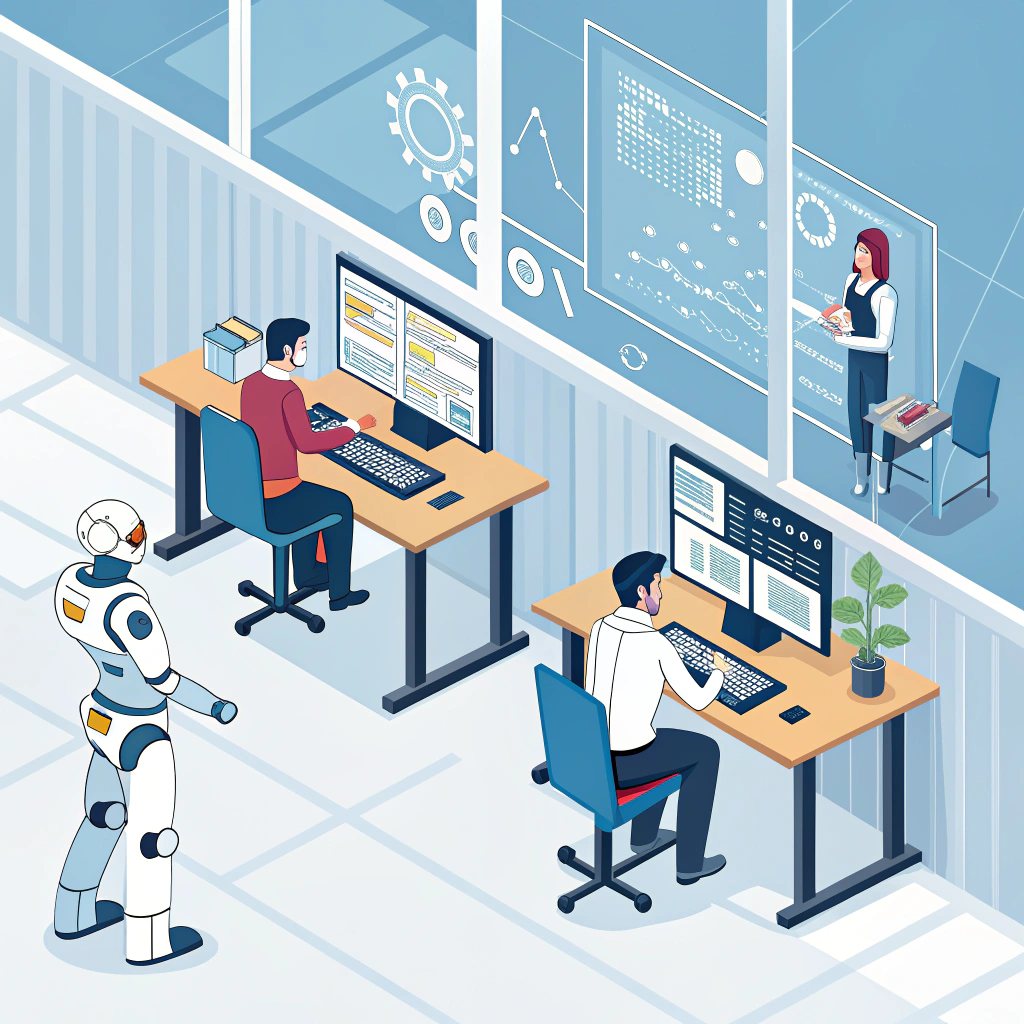
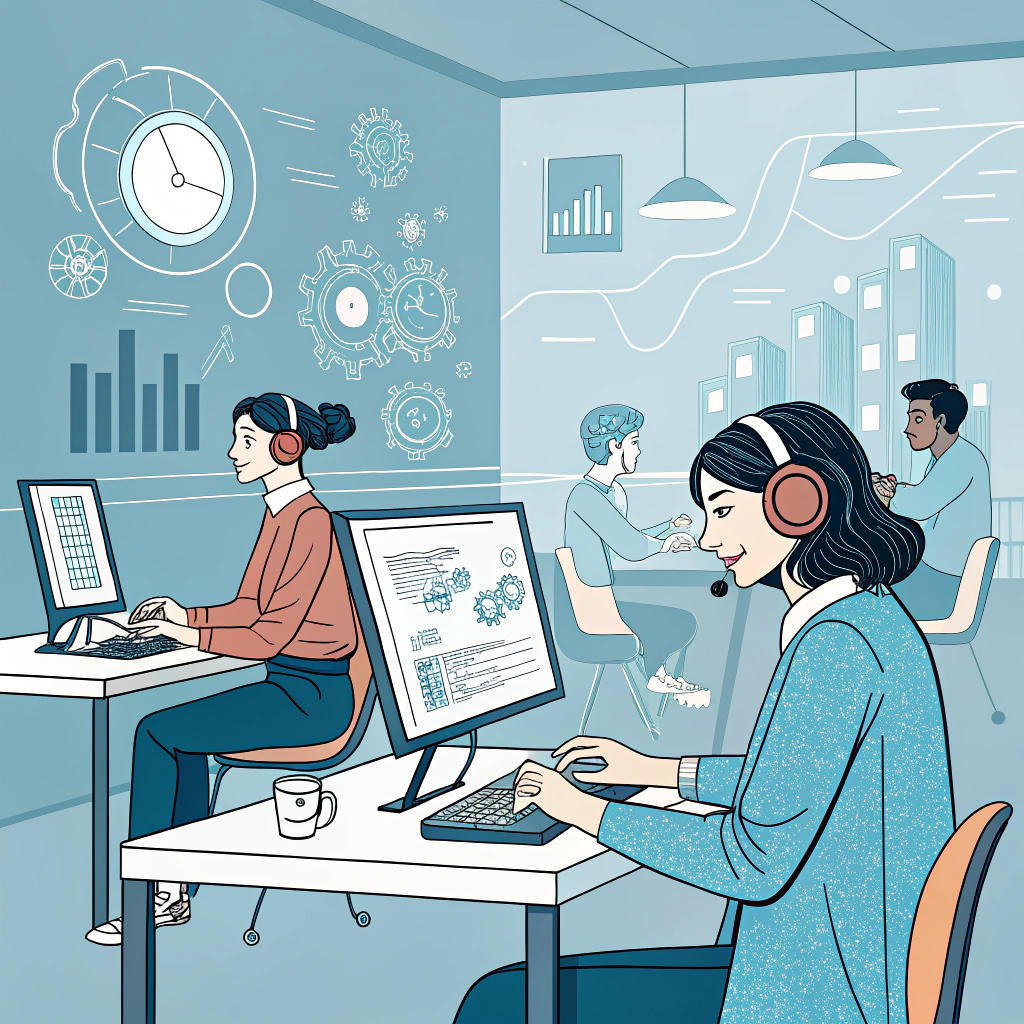
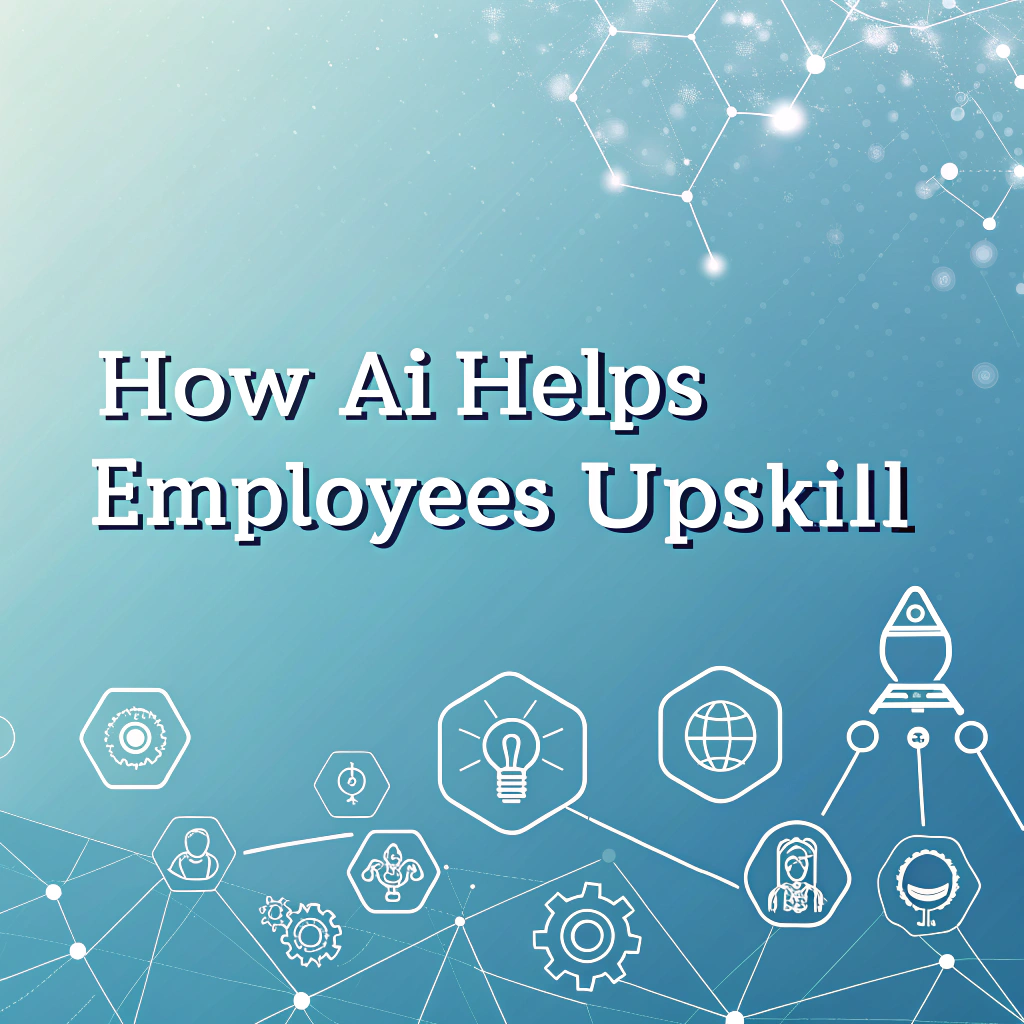 1. Personalized Learning Platforms
1. Personalized Learning Platforms